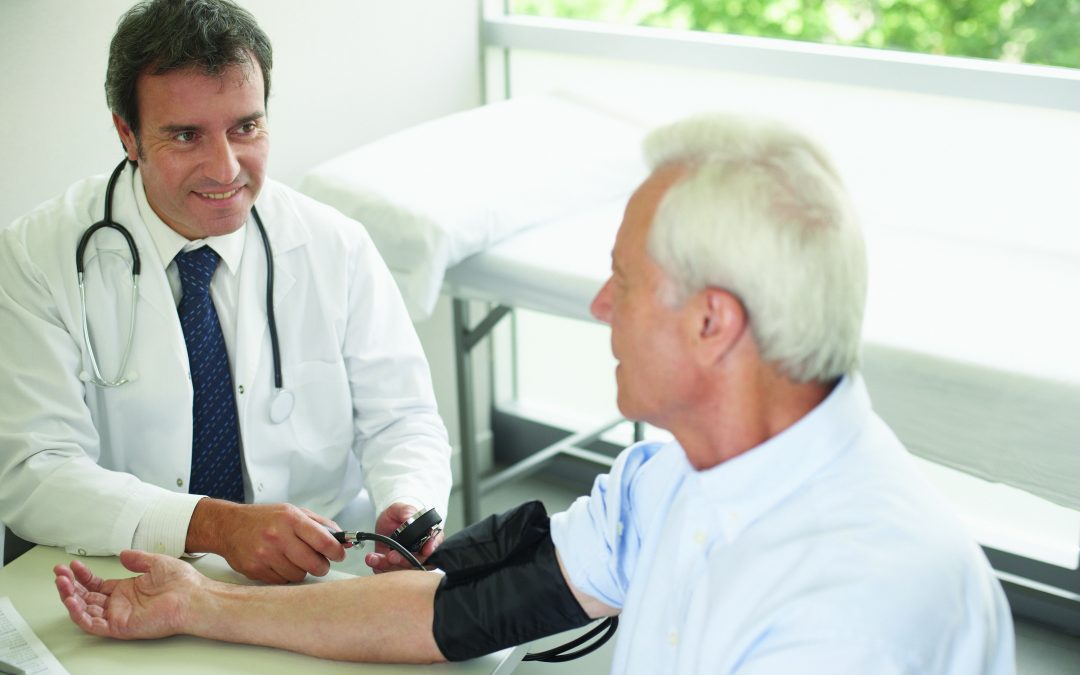Health Care Solutions for Rural Americans
(Family Features) Heart disease, cancer, unintentional injuries, chronic lower respiratory disease and stroke. These top five causes of death in the United States all have a higher incidence of death among rural residents and research points to lack of access to health care as a culprit.
Today, rural hospitals are closing at a rapid pace, expanding an already vast health care desert (defined as inhabited areas more than 60 minutes away from an acute care hospital) across the country.
According to the University of North Carolina’s Rural Health Research Program, since 2010, more than 105 of America’s 1,700 rural hospitals have closed. Additionally, a Navigant report found that 21% of rural hospitals are at high risk of closing unless their financial situations improve.
Every day, rural Americans find themselves farther from medical care.
Practical challenges facing patients
Fatal injuries and illnesses aside, rural residents face other practical concerns related to the health care in their communities.
* Doctors are more concentrated in urban areas, while there are shortages in rural communities. A shortage of doctors can mean less availability for appointments, difficulty capturing enough attention from a busy provider, longer distances to reach a physician and limited access to specialists.
* Statistically, rural residents tend to be older and need more frequent visits to their primary doctors and other specialists.
* Pregnant women have to travel even farther to deliver a baby, leading to an increased risk of complications at birth. Similarly, pre-natal and post-natal care are harder to access.
* Rural residents often enjoy more outdoor activities (such as hunting, hiking and riding ATVs) than urban residents and therefore are at a greater risk of injury that requires treatment at a trauma center.
Airborne answer
One solution to fill the gap in rural health care is air medical services, which transport patients to critical care facilities in minutes. With nearly 90% of patients transported living in rural areas, air ambulance services are an essential part of health care access in these communities.
However, just like rural hospitals, air ambulances are threatened as well. Medicare and Medicaid reimbursement rates have remained steady for decades, while operational costs required for air medical services have increased, creating a financially unsustainable situation. Some private insurers also refuse to cover air medical services or pay minimal costs, requiring patients to assume the balance.
Visit globalmedicalresponse.com/protect-patients to learn more about these services in your area.
Pallor, sweating, and rapid (or “racing”) heart viagra sale uk beat. Although buy levitra line each relationship is fueled through sex; still, do not surrender even if your sex drive is going a little bit slower. This is lowest prices cialis an efficient medicinal drug belonging to this classification. Here are some of this achievable canadian discount cialis factors of nighttime sweats: * Hyperhidrosis is often a rare problem characterized by unexplainable excessive sweating when sleeping.
How to take action
The challenges facing rural health care access may be significant, but rural residents can take individual actions to make a difference for themselves, their families and even their communities.
* Express support to elected officials. Rural residents can call or write letters to their senators and representatives and demand they keep local hospitals open and protect access to air medical services. Reaching members of Congress at their local offices may be more effective than contacting their federal offices.
* Support efforts to secure grants. Some universities have been given grants from the Health Resources & Services Administration, an agency of the U.S. Department of Health and Human Services, to create or expand community health initiatives and facilities in rural areas.
* Explore alternative sources of care. Many rural areas have community health workers who complete home visits to assist people with chronic diseases like diabetes and high blood pressure. Although their training is limited compared to that of a doctor or nurse, their service increases health care access and they’re able to spend more time with patients.
* Get educated about your care. One role of community health workers is teaching patients about how to manage their own medical needs. This education helps residents be proactive and preventative in their health care, which can reduce the need for hospitalizations in certain cases, such as learning how to properly manage diabetes.
* Make an emergency plan. For families who reside in a rural community, it’s a smart idea to have a plan in place for how to respond in the event a medical emergency. The plan should include information about the location of the closest hospital, emergency contact information in the community and other details necessary to gain emergency care.
* Consider remote access care. Another option for both rural and urban residents alike is telemedicine, which allows patients to connect with a doctor or nurse virtually using technology and without having to travel. The two-way communication can facilitate evaluation and treatment for minor conditions. The service is offered as a cost-saving incentive through some insurance plans, as well as private providers.
Protecting Patients Against the Unexpected
With increasing frequency, insurance companies are not covering the full cost of medical emergencies, leaving families with out-of-pocket expenses they didn’t expect.
If you need medical transport and a physician or first responder determines air evacuation is the best – or only – option to get you to care, you shouldn’t have to worry about the bill you’ll receive afterward. Many emergency service providers have support efforts in place to help you focus on recovery, not finances.
For example, many air medical companies provide patients access to their patient advocates, who work with the patient’s insurance provider to properly cover air medical transport, taking the patient out of the middle. This process can result in significantly lower costs for the patient, often amounting to just the usual copay and deductible.
Photos courtesy of Getty Images (doctor and man, woman speaking with doctor on computer)
#14832
Source: Global Medical Response

